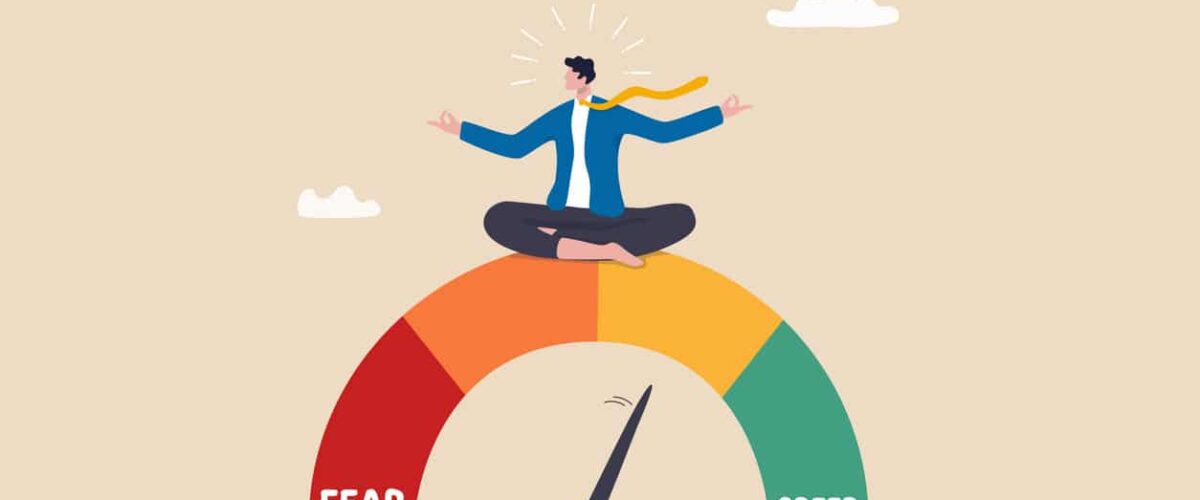
There are many different people who get involved in cryptocurrencies. Some view it as a sound investment in the future of the internet. They see it through a similar lens as those who invested in early tech companies such as Google and Amazon – companies that were perhaps underestimated at their genesis but for which early investors were rewarded generously. No one wants to feel like they missed an excellent opportunity to get on the ground floor of something. Therefore, crypto seems like a low-risk, high-reward investment opportunity, especially when one starts by investing in some smaller alternative coins, also referred to as altcoins, which can cost as little as US$0.01.
Admittedly, investing has some risks, and those who see the crypto landscape as unmapped and wild are drawn to these uncertainties. These people might invest in the more expensive coins, hoping that demand will continue to increase. Because many coins have market caps that keep them adherent to supply-demand models, this approach is widespread, especially regarding coins such as Tether, Bitcoin and Ether.
However, sometimes these long bets backfire. The blockchain is not insured by external players, the same way that a banking institution might offer security to its clients. Therefore, if the currency crashes overnight, you lose access to your wallet or hardware key, or if the currency was just experiencing a bubble, there are few courses of action available to recoup some of your funds. Artificial inflation of prices is one aspect of crypto investing that still needs to be counteracted almost every time a new currency is added to the marketplace.
It took Bitcoin years to reach the US$1 threshold and many more to get its current valuation of approximately US$21,000 per coin. Regardless of whether you find crypto trading low or high risk, many find the potential rewards of investing in the next Bitcoin too tempting to ignore.
The Fear and Greed Index was developed because of the unique volatility of the crypto market – many of the traditional metrics that are used to analyze stocks and investments do not apply. Therefore, new systems must be invented to provide insights into how the market behaves. One of these models is the Crypto Fear and Greed Index.
The Crypto Fear and Greed Index is a model that monitors, unsurprisingly, the fear and greed of investors. Fear is a term used to define a hesitant market, where investors are being cautious about the coins they invest in and how much they want to spend. In theory, when there is a high amount of fear, this is an ideal time for new investors who want to avoid an inflated market to invest and buy coins at a lower cost.
Alternatively, if the market is growing rapidly and there is an influx of new money and investors, the metric identifies this as greed. Greed demonstrates the desire of people to own more and more cryptocurrency, believing that it will only go up in value. However, the cryptocurrency market is not immune to false inflation. Therefore, it is a safe assumption that when the metric identifies a high level of greed, there is going to be a market correction.
This greed metric can be watched in real-time, often exploding when, for example, a company broadcasts its partnership with a cryptocurrency, or a financial celebrity, who has a trusted following, announces that they will be investing. In these examples, the currency will multiply significantly overnight and then fall dramatically in the next week.
The Crypto Fear and Greed Index serves an essential purpose as it identifies but does not overvalue the emotions of investors. It achieves this by utilizing several metrics to collect and analyze data. First, it only observes the fluctuations of Bitcoin. As the most established and largest fish in the sea, it makes sense to focus on BTC and not smaller coins, which might muddy the waters if they spike and then sputter out.
Secondly, it attributes different weights to the following factors:
When comparing to other data points, to graph the information, the Fear and Greed Index references the values of 30 days prior and 90 days prior. This allows for more extensive trendlines to appear while graphing the raw data.
This information provides much helpful insight into how a market might be about to react to cryptocurrencies. For example, suppose there is a sudden spike on Twitter of hashtags involving BTC. In that case, it might be an indication that the market is about to be saturated with new interest, which results in new investors. Suddenly, a stagnant market can become greedy.
Another example of how data can be interpreted is if BTC grows in market dominance. There is only so much available space in the crypto market, so if BTC is increasing in popularity, it can be interpreted that people are hesitant to buy altcoins. Overall, this might demonstrate that the market is becoming more fearful because people would rather spend more on ‘safer’ options than be greedy and purchase higher quantities of other currencies.
When the Fear and Greed Index analyzes all of this data, it calculates a number between one and 100, with one symbolizing the most fear and 100 representing the most greed. Ideally, it is best in the middle, showing that investors are eager but still pragmatic.
If you are interested in getting started in crypto investing and trading, then the Fear and Greed Index is a wonderful place to begin understanding the wild and exhilarating world of the blockchain.

If you’re new to crypto investing, or even if you’ve been doing it for a while, you may…

Whether you’re a fresh enthusiast or an experienced trader, you’ll know that the crypto industry hardly makes the…

While inflation is never far from the thoughts of many economists, government policymakers, and individuals concerned with keeping…

Comments